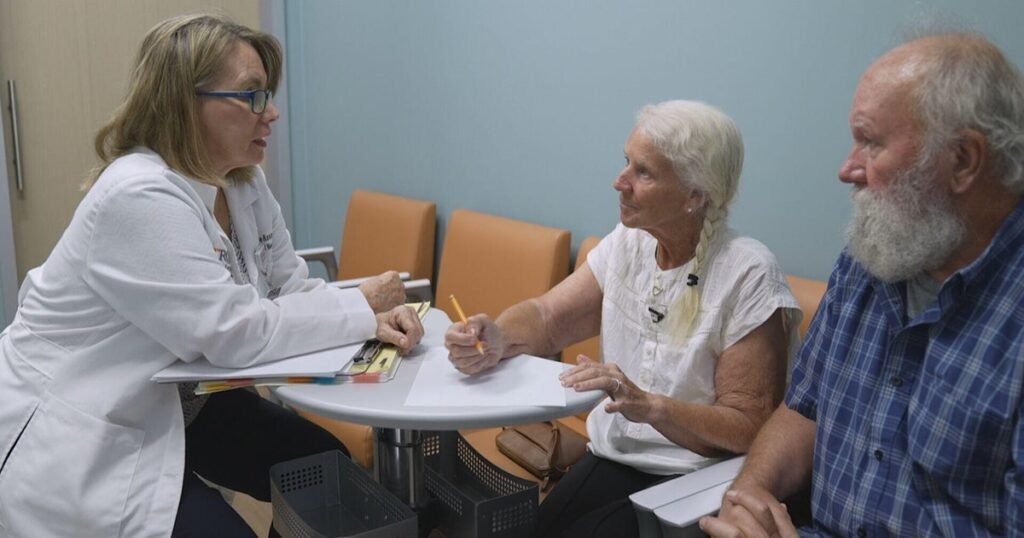The Rising Challenge of Dementia in South Texas: Impacts and Solutions
An Authority in Memory Loss Research
In the heart of South Texas, Dr. Gladys Maestre has emerged as a leading authority on memory loss and dementia. Over the years, she has dedicated her efforts to exploring this pressing health concern by engaging with the community directly. “Everywhere I go, people pull me aside and say, ‘My mother, my sister, I have a memory problem,’” Dr. Maestre shares, illustrating the urgent need for awareness and research.
Alarming Statistics in the Rio Grande Valley
Through her research at the University of Texas Rio Grande Valley’s Alzheimer’s Disease Resource Center for Minority Aging Research, Dr. Maestre uncovered shocking statistics. Approximately 20% of individuals aged 65 and older in the Rio Grande Valley experience memory loss, a significant leap from the national average of around 12%. Dr. Maestre posits that the true rate may be even higher, possibly affecting up to 40% of this community, highlighting the urgent need for targeted dementia research.
Investigating the Causes of Memory Loss
While the reasons behind the elevated rates of dementia remain unclear, Dr. Maestre is exploring various contributing factors. Her investigations include examining genetic predispositions, prevalent health issues such as diabetes, and environmental factors like pollution. Furthermore, she is delving into socio-economic challenges, including trauma and poverty, which may exacerbate the risk of developing dementia.
Personal Stories Highlight the Impact
The emotional toll of dementia is personal and profound. Take the story of David and Dawna Johonnett, childhood sweethearts navigating the complexities of life at 71. Dawna’s dementia has progressed to a point where she struggles to recall simple shapes, like a circle. Reflecting on the changes, she expresses, “Yes, I’m me, but I don’t know how to say it; it’s not me anymore.”
Texas currently has nearly half a million individuals diagnosed with Alzheimer’s disease, the most common form of dementia. This reality has compelled state lawmakers to take action, with a $3 billion bill approved to fund dementia research over the next decade. Lt. Gov. Dan Patrick is optimistic about the bill’s potential impact, emphasizing the growing urgency of the issue: “I’ve never had a bigger response than this bill… it’s only getting worse.”
Innovative Approaches to Research
Dr. Maestre is pioneering innovative research techniques, including blood testing for biomarkers that can identify individuals at risk for dementia. This proactive approach enables healthcare providers to implement prevention programs, which may significantly impact patients’ quality of life. As David Johonnett contemplates his and Dawna’s situation, he voices a common concern: “How can we make the quality of life that we have now last?”
The Road Ahead: Enhancing Quality of Life
As the prevalence of memory loss and dementia continues to rise, the urgency for research and community support becomes increasingly critical. Programs focusing on education, early intervention, and community awareness will be imperative in tackling this issue head-on. Given the innovative research spearheaded by experts like Dr. Gladys Maestre, there’s hope for improved interventions and a better understanding of how to support those affected.
Conclusion
Dementia remains a formidable challenge across communities, particularly in South Texas. By investing in research and fostering community engagement, there is potential to curb the epidemic. As we continue to raise awareness, it is vital to build a supportive network for individuals affected by memory loss, ensuring they have access to the resources they need to enhance their quality of life.
For more information about dementia and its impact, visit Alzheimer’s Association and CDC – Alzheimer’s Disease.


